Comparative cellular analysis of motor cortex in human, marmoset and mouse
- PMID: 34616062
- PMCID: PMC8494640
- DOI: 10.1038/s41586-021-03465-8
Comparative cellular analysis of motor cortex in human, marmoset and mouse
Erratum in
-
Author Correction: Comparative cellular analysis of motor cortex in human, marmoset and mouse.Nature. 2022 Apr;604(7904):E8. doi: 10.1038/s41586-022-04562-y. Nature. 2022. PMID: 35319013 Free PMC article. No abstract available.
Abstract
The primary motor cortex (M1) is essential for voluntary fine-motor control and is functionally conserved across mammals1. Here, using high-throughput transcriptomic and epigenomic profiling of more than 450,000 single nuclei in humans, marmoset monkeys and mice, we demonstrate a broadly conserved cellular makeup of this region, with similarities that mirror evolutionary distance and are consistent between the transcriptome and epigenome. The core conserved molecular identities of neuronal and non-neuronal cell types allow us to generate a cross-species consensus classification of cell types, and to infer conserved properties of cell types across species. Despite the overall conservation, however, many species-dependent specializations are apparent, including differences in cell-type proportions, gene expression, DNA methylation and chromatin state. Few cell-type marker genes are conserved across species, revealing a short list of candidate genes and regulatory mechanisms that are responsible for conserved features of homologous cell types, such as the GABAergic chandelier cells. This consensus transcriptomic classification allows us to use patch-seq (a combination of whole-cell patch-clamp recordings, RNA sequencing and morphological characterization) to identify corticospinal Betz cells from layer 5 in non-human primates and humans, and to characterize their highly specialized physiology and anatomy. These findings highlight the robust molecular underpinnings of cell-type diversity in M1 across mammals, and point to the genes and regulatory pathways responsible for the functional identity of cell types and their species-specific adaptations.
© 2021. The Author(s).
Conflict of interest statement
A.Re. is an equity holder and founder of Celsius Therapeutics, a founder of Immunitas, and a member of the Scientific Advisory Board at Syros Pharmaceuticals, Neogene Therapeutics, Asimov and Thermo Fisher Scientific. B.R. is a shareholder of Arima Genomics, Inc. K.Z. is a co-founder and equity holder and serves on the Scientific Advisory Board of Singlera Genomics. P.V.K. serves on the Scientific Advisory Board to Celsius Therapeutics Inc.
Figures
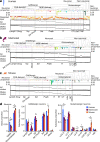
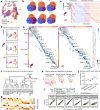
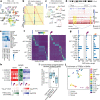


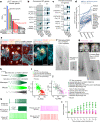
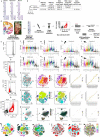
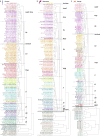
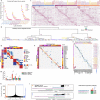
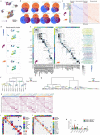
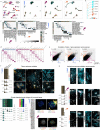
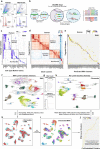
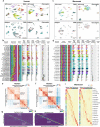
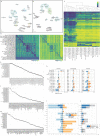

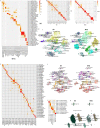
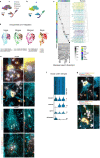

Comment in
-
A census of cell types in the brain's motor cortex.Nature. 2021 Oct;598(7879):33-34. doi: 10.1038/d41586-021-02493-8. Nature. 2021. PMID: 34616052 No abstract available.
References
-
- Ebbesen CL, Brecht M. Motor cortex—to act or not to act? Nat. Rev. Neurosci. 2017;18:694–705. - PubMed
Publication types
MeSH terms
Substances
Grants and funding
- U01 MH114828/MH/NIMH NIH HHS/United States
- U19 MH114821/MH/NIMH NIH HHS/United States
- R01 HG009318/HG/NHGRI NIH HHS/United States
- R01 DA036909/DA/NIDA NIH HHS/United States
- HHMI/Howard Hughes Medical Institute/United States
- R24 MH114815/MH/NIMH NIH HHS/United States
- U01 DC013817/DC/NIDCD NIH HHS/United States
- R01 NS044163/NS/NINDS NIH HHS/United States
- P30 AG066509/AG/NIA NIH HHS/United States
- U01 MH114819/MH/NIMH NIH HHS/United States
- R01 DC019370/DC/NIDCD NIH HHS/United States
- U01 MH121282/MH/NIMH NIH HHS/United States
- R24 MH114788/MH/NIMH NIH HHS/United States
- U01 MH114812-02/NH/NIH HHS/United States
- RF1 MH123220/MH/NIMH NIH HHS/United States
- U01 MH114812/MH/NIMH NIH HHS/United States
- P51 OD010425/OD/NIH HHS/United States
- U19 MH114831/MH/NIMH NIH HHS/United States
- UL1 TR000423/TR/NCATS NIH HHS/United States
- U19 MH114830/MH/NIMH NIH HHS/United States
- RF1 MH114126/MH/NIMH NIH HHS/United States

